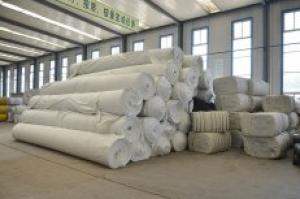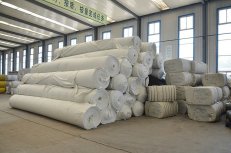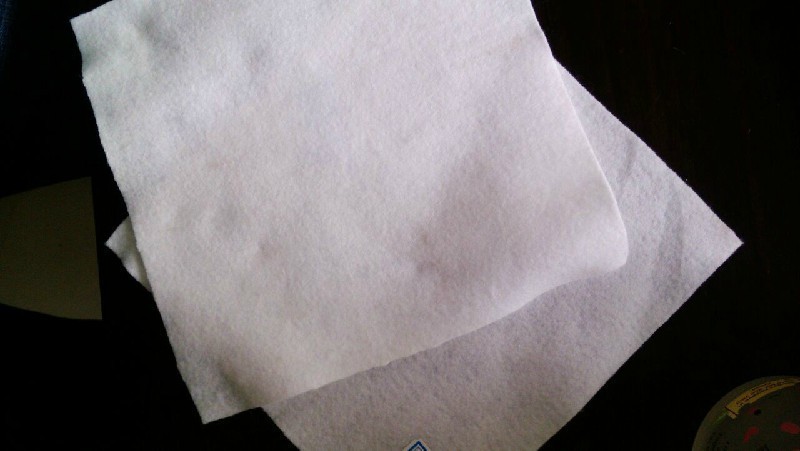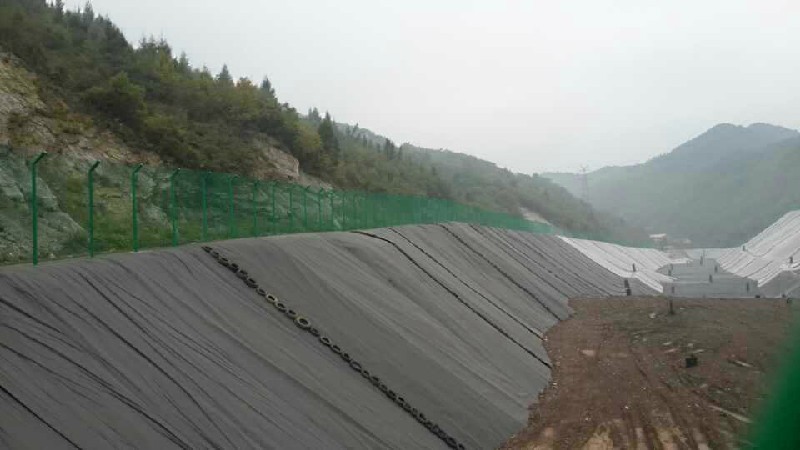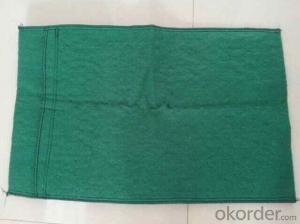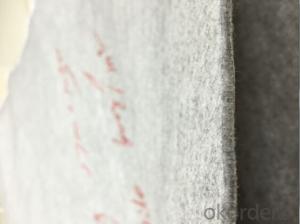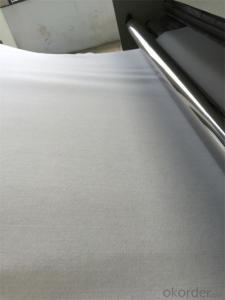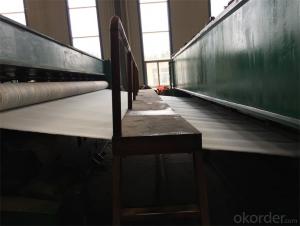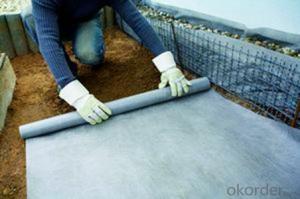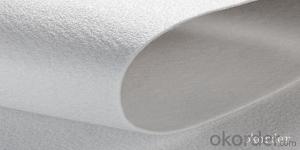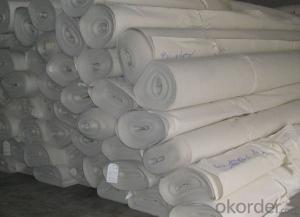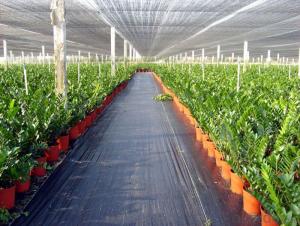Kain Geotextile Non Woven Filter Cloth for Road, Railway, Tunnel Canal
- Loading Port:
- Tianjin
- Payment Terms:
- TT OR LC
- Min Order Qty:
- 1000 m²
- Supply Capability:
- 50000 m²/month
OKorder Service Pledge
OKorder Financial Service
You Might Also Like
Nonwoven Filter Cloth Hatching Eclosion forRoad Railwayfor Road Railway Tunnel Canel Tunnel Canel; Filament Geotextile
It has bigger pore between fibers than other textiles, made from PET, PP, Rfibers by nowoven tech
Nology, with spray adhesive and drying process.
Types of Nonwoven FilterCloth Hatching Eclosion for Road Railwayfor Road Railway Tunnel Canel TunnelCanel
L. Lndustrial filter cloth
2. Filter bag, dust removal and filter bag at high temperature
3. Air filter cloth
Property of NonwovenFilter Cloth Hatching Eclosion for Road Railwayfor Road Railway Tunnel CanelTunnel Canel
I. Flat surface, high strength, bigger pore, excellent drainage property
2. Filter, dust removal and antistatic property
3. Thermo stability, anti-corrosion and fire resistance
Application of Nonwoven Filter Cloth Hatching Eclosion for Road Railwayfor Road RailwayTunnel Canel Tunnel Canel
I. Air filters for household appliances
2. Oil filters for motor vehicles
3. Dust precipitation in environmental field
- Q: Are geotextiles suitable for use in erosion control blankets?
- Yes, geotextiles are suitable for use in erosion control blankets. They are designed to provide soil stabilization, prevent erosion, and promote vegetation growth. Geotextiles offer effective erosion control by preventing soil movement while still allowing water infiltration.
- Q: Can geotextiles be used in the protection of bridge abutments?
- Yes, geotextiles can be used in the protection of bridge abutments. Geotextiles are commonly used in civil engineering projects to provide erosion control, soil stabilization, and drainage. In the case of bridge abutments, geotextiles can be employed to prevent soil erosion, reduce water infiltration, and enhance the overall stability of the structure. By acting as a barrier, geotextiles can help protect the abutments from the damaging effects of water and soil movement, increasing the lifespan and durability of the bridge.
- Q: Are geotextiles commonly used in agriculture?
- Yes, geotextiles are commonly used in agriculture. They serve various purposes such as weed control, soil stabilization, erosion prevention, and drainage management. Geotextiles help improve crop yield, reduce maintenance costs, and promote sustainable farming practices.
- Q: How do geotextiles help with soil separation in subgrade improvement projects?
- Geotextiles are used in subgrade improvement projects to separate different soil layers, preventing them from mixing. They act as a barrier, allowing water to pass through while preventing the migration of fine particles. This helps to maintain the stability and strength of the subgrade, reducing the risk of settlement and soil erosion.
- Q: How do geotextiles help in preventing the loss of fine particles in geocomposite drains?
- Geotextiles help prevent the loss of fine particles in geocomposite drains by acting as a filter barrier. They allow water to pass through while retaining the fine particles, preventing clogging and ensuring efficient drainage.
- Q: Geotextile how the weight of how many meters
- Cut with a pair of scissors 1 square meters, and then weighed, the total weight ÷ weight per square meter ÷ geotextile width = length meter (because the weight of geotextile deviation, the calculation results can only be roughly the same, not subject)
- Q: Composite waterproof board, is the waterproof board and geotextile stick together call it?
- Yes. Now there are mainly adhesive technology, thermal composite process, Laminating process.
- Q: Are geotextiles suitable for use in high-traffic areas?
- Yes, geotextiles are suitable for use in high-traffic areas. Geotextiles are durable and provide reinforcement and stabilization to the soil, making them ideal for use in areas with heavy foot or vehicle traffic. They prevent soil erosion, distribute loads, and increase the longevity of the pavement or surface, making them a reliable choice for high-traffic areas.
- Q: 300g geotextile GB thickness is how much
- 300g geotextile GB thickness is 2mm ~ 2.5mm; geotextile, also known as geotextile, it is made of synthetic fibers through the needle or woven from the permeability of geosynthetics. Finished cloth for the cloth, the general width of 4-6 meters, the length of 50-100 meters. Geotextile is divided into a woven geotextile and non-woven geotextile. Geotextile has excellent filtration, drainage, isolation, reinforcement, protective effect, with a light weight, high tensile strength, good permeability, high temperature, anti-freeze, anti-aging, corrosion resistance characteristics. Geotextile is one of the geosynthetics, the application of geosynthetics originated in the fifties of the twentieth century, the domestic geotextile is one of the national eight five plan, China promulgated in 1998, "geosynthetics staple fiber Acupuncture non-woven geotextile "(GB / T-1998) standard, the current geotextile has been widely used in many areas.
- Q: Concrete maintenance with geotextile, Tonglu how to buy
- I specialize in producing geotextile materials
Send your message to us
Kain Geotextile Non Woven Filter Cloth for Road, Railway, Tunnel Canal
- Loading Port:
- Tianjin
- Payment Terms:
- TT OR LC
- Min Order Qty:
- 1000 m²
- Supply Capability:
- 50000 m²/month
OKorder Service Pledge
OKorder Financial Service
Similar products
Hot products
Hot Searches
Related keywords
